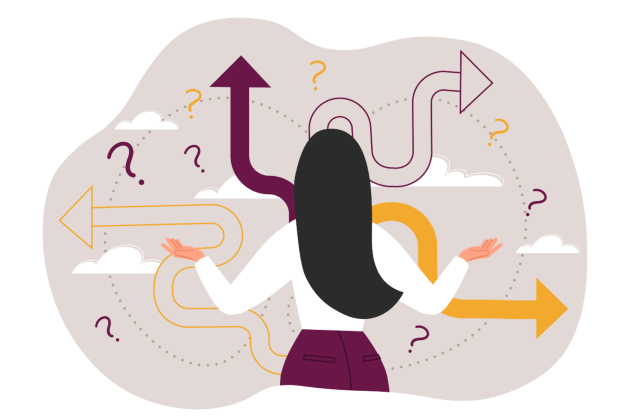What’s the point of a picket line?
Picket lines are made up of members who would otherwise be at work but are instead on strike that day. They’re held outside workplaces where strike action is taking place. There could be multiple picket lines for each employer if there is more than one workplace or at sites with more than one entrance.
How many people can join a picket line?
There is no legal limit on the number of people on a picket line. The codes of practice for picketing recommend six people on a picket line, however, as long as the picket is peaceful, you and fellow striking colleagues can gather to picket with more than six people.
How long will I need to stand on the picket line?
Picket lines are usually in place between 8am and 8pm on days of strike action. Members can be part of a picket for as short or as long a period of time as they want to be, with regular breaks encouraged. This may involve a locally developed rota to ensure the picket line is covered while maintaining members’ comfort and wellbeing.
How can I show my support for people picketing?
Supporters can visit the picket line to show solidarity with nursing staff on strike. We'd welcome as much support as possible to demonstrate how passionately people feel about fair nursing pay and patient safety. The main thing to remember is to peacefully show your support and not to obstruct people from entering the workplace.
Tips for your time on the picket line
- Try talking to everyone who approaches the picket line. Explain why you’re there, give out leaflets and seek their support.
- Be polite and constructive with any questions you’re asked by patients and the public.
- Always be courteous, even if others disagree with your position.
- Avoid being on private property or blocking pavements.
- Allow people to cross the picket line if they choose to. Never physically attempt to stop a person or vehicle from entering their workplace.
- Use official RCN banners and signage as much as possible.
- Limit noise that may disturb the public.
Is picketing against the law?
No, so long as the picketing is peaceful. Members must make sure they don’t do anything that could result in a breach of the law while picketing. This includes, but isn’t limited to:
- blocking workplace entrances and exits
- obstructing traffic
- using force or violence
- displaying threatening behaviour
- damaging property.
If any crime is committed, the legal protection provided for peaceful picketing won’t apply. It’s therefore important you follow instructions given by the picket supervisor.
If the police visit your picket line, be polite and reassure them you’re there for peaceful picketing. Make sure you comply with any requests to keep the area free from obstruction.
Can my employer stop me from joining a picket line?
No. Your employer can’t prevent you from picketing.
Will my NMC registration be at risk?
No. Picketing is not a breach of the NMC Code so long as it’s done peacefully. The NMC has also been clear in recognising members’ right to strike.
What if I don’t want to join a picket line?
That’s fine. Joining a picket line is optional. Picket lines will be in place on days of strike action, but it’s a personal choice whether you join one. You will still be part of strike action if you simply don't go to work on strike days being held at your employer.
What if I didn’t vote for strike action?
You can still go on strike, and if you want you can join a picket line if you work for an employer where strike action is taking place. This applies even if you didn’t vote in our ballot that led to strike action, if you voted no to strike action or if you joined the RCN after the ballot closed.
What’s the role of the picket supervisor?
The picket supervisor is an RCN official or member responsible for making sure picketing is carried out safely, legally and in line with the relevant code of practice. They will be on the picket line, or must remain available to attend the picket line at short notice. The picket supervisor will wear or carry something visible that identifies them as such.
What's the latest on strike action?
Find out more about our Fair Pay For Nursing campaign and get updates on strike action.
Other useful links:








